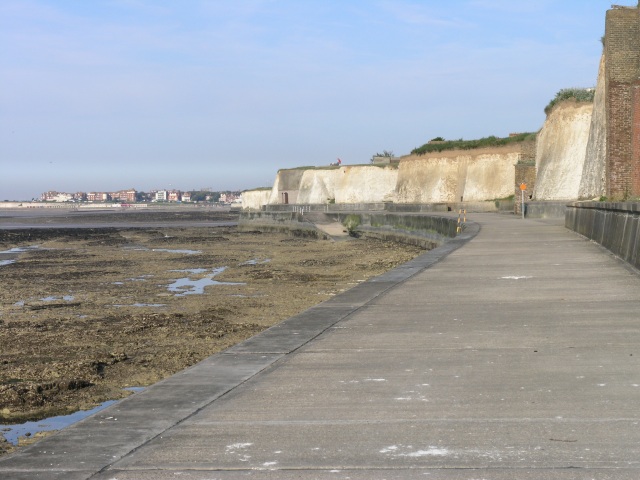In his hilarious account of his travels around Britain, Notes From A Small Island, Bill Bryson introduces us to the formidable Mrs Smegma, a Dover landlady whose labyrinthine rules of the house included the hours of the day the premises were out of bounds and the times that a bath could be taken (“these seemed, oddly, to coincide” quips Bryson). I am old enough to remember the times when “boarding houses” as they used to be called were ruled with an iron fist by such landladies. In fact, I once spent a week staying in one in Dover on holiday with my parents – maybe it was the same one. I certainly remember how we were turfed out after breakfast and not allowed in again until tea-time. What a contrast from the present day, with bed-and-breakfast landladies seemingly falling over themselves in competing to offer the most chic decor, state-of-the-art in-room entertainment and sumptuous breakfasts including gourmet delights such as scrambled eggs with smoked salmon, often with prices to match. In fact it is not unusual nowadays, particularly in the more sought-after parts of the country, to find B&Bs charging as much, or even more than, some hotels. Which in my opinion is getting away from the original spirit of the bed-and-breakfast, which should be an affordable alternative for those on a tight budget. I would be interested to know other people’s thoughts on the matter.
Anyway, back to Dover. The most famous feature of this major
departure point for the Continent, the Strait of Dover being the narrowest point of the English Channel, is the White Cliffs. The Daddy of them all is Shakespeare Cliff to the west of the town, so named because it was mentioned in King Lear, which was partly set around Dover. One of the most poignant sounds from the Second World War was the “forces’ sweetheart” Vera Lynn singing “There’ll be bluebirds over the White Cliffs of Dover tomorrow just you wait and see”. The song looked forward to a time when war would be over and everything would get back to normal. Unfortunately, it was to be another three years before this would happen. The White Cliffs can actually be seen from France on a clear day, and there was a recent TV documentary about the many asylum seekers and economic migrants trekking across Europe, many of whom end up in Calais waiting for an opportunity to sneak across to Britain; in the documentary was a scene showing one of the would-be immigrants sitting on a cliff top gazing across at the tantalising sight of this geological feature marking the entry into Britain.
Dover’s most impressive tourist sight is its
castle, perched high on the cliff-top, and a new exhibition has just opened about the Dunkirk evacuation, which was masterminded under the name of Operation Dynamo from tunnels hidden away under the castle. Visitors to the exhibition will be able to walk through the tunnels. In the town,
Dover Museum has displays on local archaeology and history dating back as far as the Bronze Age.
For events in the area follow
this link.
Webcam view of the beach and cliffs.
Map of the area.




























